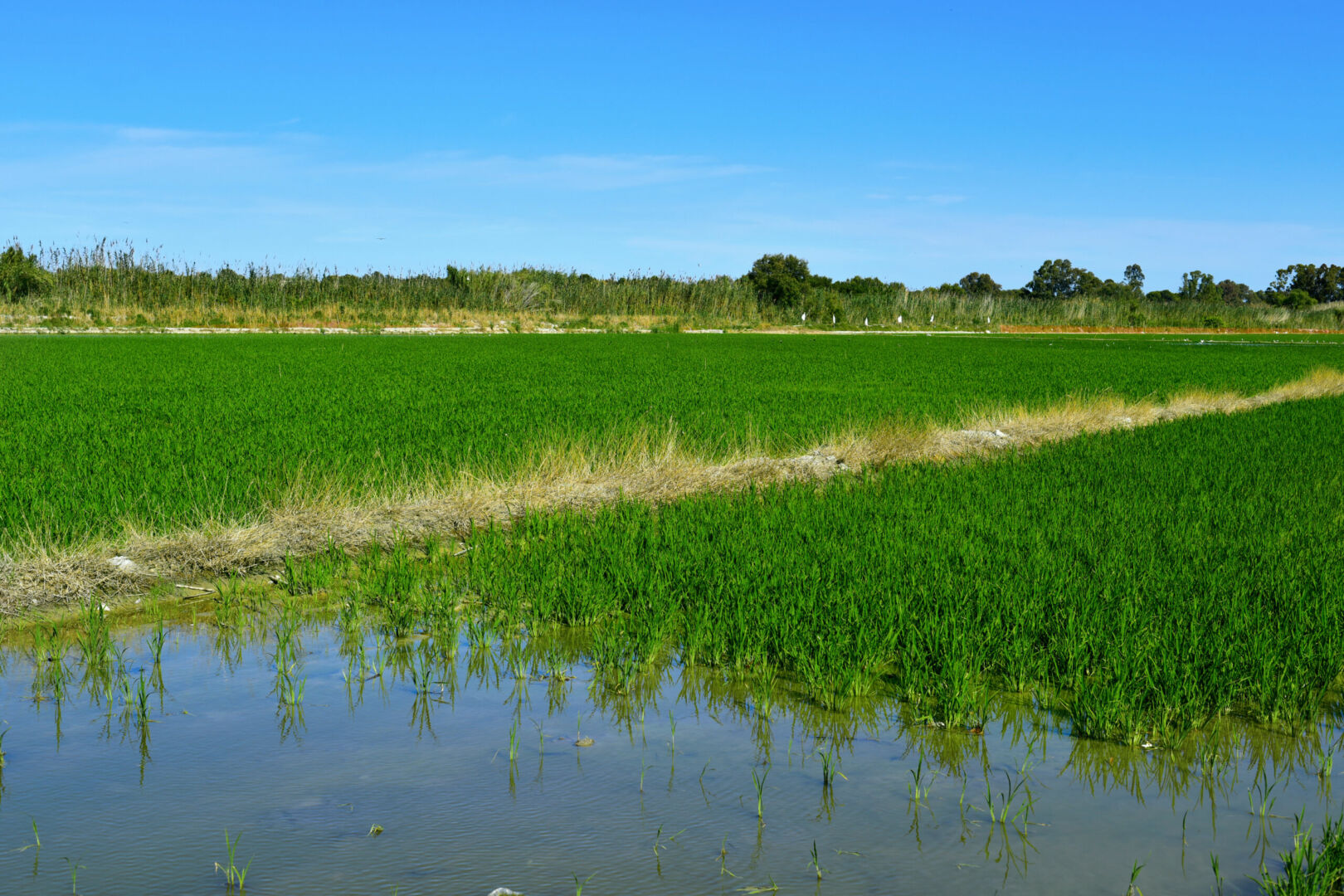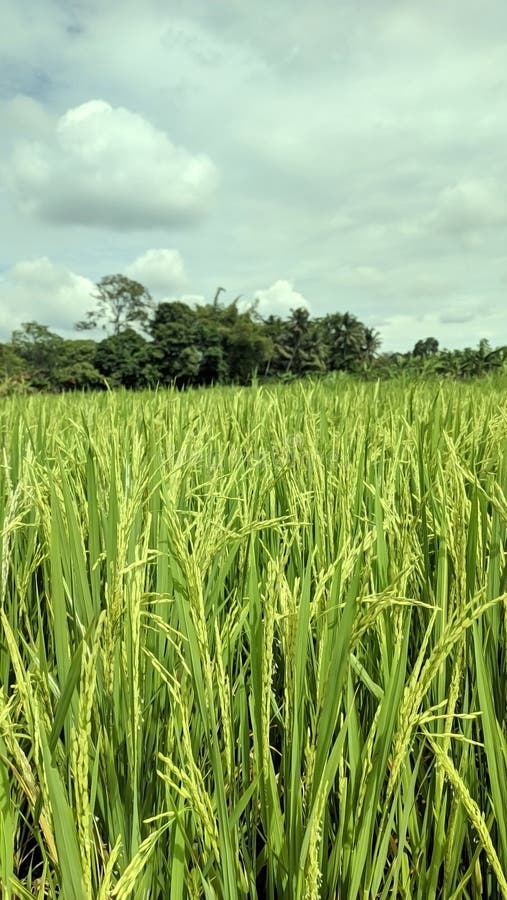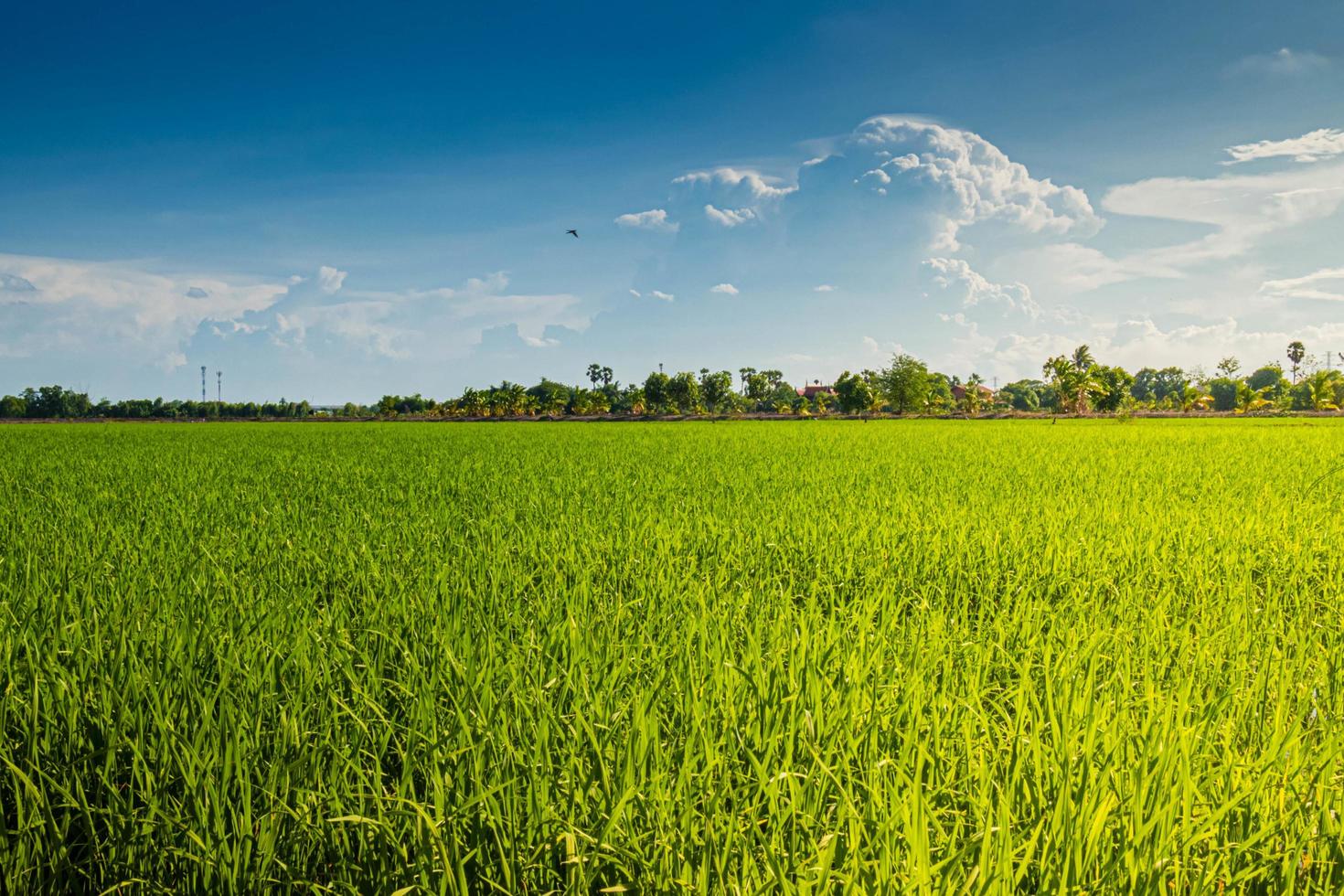Arroz Campo: The Flavorful Journey Through Spain's Heart And Soul
Arroz campo is more than just a dish; it's an experience that brings together the rich flavors of Spanish cuisine with the simplicity of life in the countryside. Imagine yourself sitting under the warm sun, surrounded by golden fields of rice and vegetables, savoring a plate of perfectly cooked arroz campo. It’s not just about the taste—it’s about the story behind each grain of rice and every ingredient used.
This dish has been a staple in rural Spanish households for generations, passed down from one family member to another. It reflects the deep connection between Spanish farmers and their land, where every meal tells a story of tradition, love, and hard work. Arroz campo is like a warm hug from the earth itself, inviting you to slow down and enjoy the simple pleasures of life.
What makes arroz campo so special? Well, it’s not just the ingredients—it’s the way they come together to create something truly magical. Every spoonful carries the essence of Spain’s fertile plains and the passion of its people. So whether you’re a food enthusiast looking to explore new recipes or someone who simply appreciates good, wholesome food, this article will take you on a journey through the world of arroz campo.
Read also:Rubina Shaikh A Rising Star In Bollywood And Beyond
Table of Contents
The Rich History of Arroz Campo
Key Ingredients That Make Arroz Campo Special
How to Cook the Perfect Arroz Campo
Exploring Regional Variations of Arroz Campo
Nutritional Benefits of Arroz Campo
Pro Tips for Mastering Arroz Campo
Read also:La Fitness Influencers Shaping The Future Of Fitness And Wellness
Delicious Recipes Featuring Arroz Campo
Cultural Significance of Arroz Campo
Frequently Asked Questions About Arroz Campo
The Rich History of Arroz Campo
Arroz campo isn’t just a meal—it’s a piece of history. Originating from the rural regions of Spain, this dish dates back centuries to a time when farming was the backbone of society. The word "campo" translates to "field" in English, and that’s exactly where this dish finds its roots. Farmers would gather fresh produce from their fields—rice, vegetables, and sometimes even meat—and combine them into a hearty dish that could sustain them through long days of labor.
Over time, arroz campo evolved as different regions added their own twists. In some areas, you might find it made with rabbit or chicken, while others prefer a vegetarian version packed with seasonal veggies. But no matter where you go in Spain, arroz campo remains a testament to the country’s agricultural heritage and the ingenuity of its people.
From Farm to Table
One of the coolest things about arroz campo is how closely tied it is to the land. Back in the day, farmers didn’t have access to fancy supermarkets or imported goods. They had to rely on what they could grow themselves. This led to a focus on using fresh, locally sourced ingredients, which is still a hallmark of arroz campo today. It’s like eating a slice of Spanish countryside history with every bite.
Key Ingredients That Make Arroz Campo Special
Now let’s talk about what makes arroz campo so darn delicious. The beauty of this dish lies in its simplicity. You don’t need a ton of fancy ingredients or complicated techniques—just a few key players that work together harmoniously. Here’s a quick rundown of the essentials:
- Rice: The star of the show! Traditional Spanish rice varieties like Bomba or Calasparra are perfect for absorbing all those amazing flavors.
- Vegetables: Think bell peppers, tomatoes, onions, and garlic. These babies add color, texture, and depth to the dish.
- Protein: Whether it’s rabbit, chicken, chorizo, or beans, there’s always something savory to complement the rice.
- Seasonings: Saffron, paprika, and olive oil bring that authentic Spanish flair.
Each ingredient plays a crucial role in creating the final masterpiece. And don’t forget the love and care that goes into preparing it—that’s the secret ingredient!
Why Local Ingredients Matter
Using local ingredients isn’t just a trend—it’s a way of life for arroz campo enthusiasts. By sticking to what’s grown nearby, you ensure that your dish is as fresh and flavorful as possible. Plus, it supports local farmers and keeps traditions alive. So next time you’re whipping up a batch of arroz campo, try sourcing your ingredients from a nearby farmers’ market or co-op.
How to Cook the Perfect Arroz Campo
Cooking arroz campo isn’t rocket science, but it does require a little patience and attention to detail. Here’s a step-by-step guide to help you master this classic dish:
- Start by chopping your veggies. You’ll want finely diced onions, minced garlic, and sliced bell peppers.
- Heat some olive oil in a large pan over medium heat. Add your chopped veggies and sauté until they’re soft and fragrant.
- Throw in your protein of choice—whether it’s cubed chicken, rabbit, or chorizo—and cook until it’s browned on all sides.
- Stir in your rice, making sure every grain is coated in the flavorful oil mixture.
- Pour in your broth (chicken or vegetable works great) and bring it to a boil. Then reduce the heat and let it simmer for about 20 minutes.
- Finish it off with a sprinkle of saffron or smoked paprika, and voilà—you’ve got yourself a delicious plate of arroz campo!
Remember, cooking is an art, not a science. Feel free to experiment with different ingredients and seasonings to make the dish your own.
Common Mistakes to Avoid
Even the best cooks make mistakes sometimes. Here are a few pitfalls to watch out for when making arroz campo:
- Overcooking the rice: Nobody likes mushy rice, so keep an eye on it as it simmers.
- Not enough seasoning: Don’t be shy with the spices—arroz campo should be bold and flavorful.
- Using low-quality ingredients: Freshness matters, so don’t skimp on the good stuff.
Exploring Regional Variations of Arroz Campo
One of the coolest things about arroz campo is how diverse it can be. Different regions in Spain have their own unique takes on this classic dish. For example:
- In Valencia, you might find arroz campo made with artichokes and broad beans.
- Andalusia often incorporates seafood into their version, giving it a coastal twist.
- Catalonia adds a dash of cinnamon or nutmeg for a sweet-and-savory flair.
These regional variations highlight the adaptability of arroz campo and show how each area puts its own spin on the dish. It’s like a culinary treasure hunt, with new surprises waiting around every corner.
Try Something New
Why stick to just one version of arroz campo when there are so many to explore? Experiment with different ingredients and combinations to discover your favorite. Who knows? You might stumble upon a new family favorite in the process.
Nutritional Benefits of Arroz Campo
Aside from being absolutely delicious, arroz campo also packs a nutritional punch. Here’s what you can expect from a typical serving:
- Complex carbohydrates from the rice provide sustained energy.
- Protein from the meat or beans helps build and repair muscle tissue.
- Vitamins and minerals from the veggies support overall health and well-being.
So not only is arroz campo a treat for your taste buds, but it’s also a smart choice for your body. Win-win, right?
Make It Healthier
If you’re looking to lighten things up a bit, there are plenty of ways to make arroz campo healthier without sacrificing flavor. Opt for lean proteins like chicken breast or turkey instead of fatty cuts of meat. Use vegetable broth instead of chicken broth to cut down on calories. And don’t forget to load up on those veggies—they’re the real MVPs here!
Pro Tips for Mastering Arroz Campo
Here are a few insider tips to help you take your arroz campo game to the next level:
- Use a wide, shallow pan to ensure even cooking.
- Don’t stir the rice too much—it should form a nice crust at the bottom of the pan.
- Let the dish rest for a few minutes before serving to allow the flavors to meld together.
These little tricks might seem minor, but they can make a big difference in the final result. Trust me, your taste buds will thank you!
Practice Makes Perfect
Like any skill, cooking arroz campo takes practice. Don’t be discouraged if your first attempt doesn’t turn out exactly how you imagined. Keep experimenting, tweaking, and learning, and before you know it, you’ll be a pro.
Delicious Recipes Featuring Arroz Campo
Ready to get cooking? Here are a couple of recipes to get you started:
Classic Arroz Campo Recipe
Ingredients:
- 2 cups of Bomba rice
- 1 onion, finely chopped
- 2 cloves of garlic, minced
- 1 red bell pepper, sliced
- 1 cup of chopped tomatoes
- 1 lb of chicken or rabbit, cubed
- 4 cups of chicken broth
- 1 tsp of saffron threads
- 2 tbsp of olive oil
Instructions:
- Heat the olive oil in a large pan and sauté the onions, garlic, and bell peppers until soft.
- Add the chicken or rabbit and cook until browned.
- Stir in the rice, tomatoes, and saffron, then pour in the chicken broth.
- Simmer for 20 minutes, then let it rest for 5 minutes before serving.
Vegan Arroz Campo Recipe
Ingredients:
- 2 cups of Calasparra rice
- 1 onion, finely chopped
- 2 cloves of garlic, minced
- 1 red bell pepper, sliced
- 1 cup of chopped tomatoes
- 1 can of chickpeas, drained and rinsed
- 4 cups of vegetable broth
- 1 tsp of smoked paprika
- 2 tbsp of olive oil
Instructions:
- Heat the olive oil in a large pan and sauté the onions, garlic, and bell peppers until soft.
- Add the chickpeas and cook for a few minutes.
- Stir in the rice, tomatoes, and smoked paprika, then pour in the vegetable broth.
- Simmer for 20 minutes, then let it rest for 5 minutes before serving.
Cultural Significance of Arroz Campo
Arroz campo isn’t just a dish—it’s a cultural icon. It represents the values of simplicity, community, and tradition that are deeply ingrained in Spanish culture. Families gather around the table to share plates of arroz campo, laughing and storytelling as they eat. It’s a way of connecting with one another and with the land that sustains them.
In many rural areas, arroz campo is still prepared using traditional methods passed down through generations. This helps preserve the cultural heritage of the dish and keeps its spirit alive for future generations.
Celebrating Tradition
Whether you’re in Spain or halfway around the world, cooking arroz campo is a way to celebrate Spanish culture and its rich culinary history. So grab your apron, invite some friends over, and enjoy the experience of creating something truly special.
Frequently Asked Questions About Arroz Campo
Q: Can I substitute the rice in arroz campo with another type of grain
Dambwa Central Market: The Heart Of Local Culture And Commerce
Maine Lobster Seafood Group: Your Ultimate Seafood Experience
Amond Chic: The Ultimate Guide To Elevating Your Fashion Game

El cultivo del arroz, una actividad histórica La Fallera

Hermosos Campos De Arroz Creciendo En El Campo Foto de archivo Imagen

agricultura campo de arroz verde y fondo de cielo azul. 1862259 Foto de